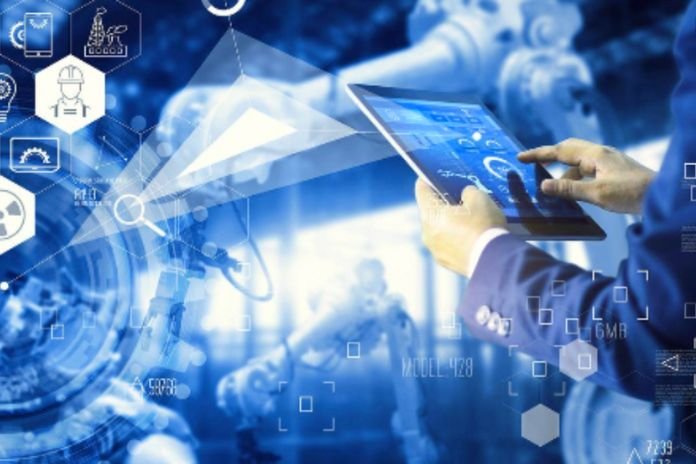Ambient Computing: Many companies are digitizing their architecture to improve efficiency and the customer experience. As part of this process, software systems offer more automated ways to provide value in those situations that previously required the physical intervention of humans to make decisions between two or more enterprise systems.
Over time, these systems have evolved from creating automated workflows, opening communication paths, and integrating disparate data systems.
They have developed intelligent workflows where some form of machine learning will drive context-specific decisions for the end user. This combination and evolution of technological interfaces are called ambient Computing, which we’ll talk about in this article. Follow up!
Ambient Computing
To understand ambient Computing, we must first understand the Internet of Things (IoT). As we know, IoT refers to the interconnected array of devices, objects, and computers with unique identifiers that can transfer data through a network without human-to-human or human-to-computer interaction.
IoT is becoming a regular part of enterprise infrastructures. As with many technologies, it is the “invisible” and supportive backdrop to our daily lives, helping us to multitask in various environments.
The IoT comprises devices of varying complexity and equally varied purposes, including internet-connected home appliances, intelligent community surveillance, wearable devices, smart cars, smart home speakers, and more.
To realize this potential, organizations must look beyond physical “things” and the role of sensors, machines, and other devices as signals and actuators—significant developments, no doubt, but only part of the puzzle.
Innovation comes from bringing the parts together to do something of different value—seeing, understanding, and reacting to the world around you on your own or alongside your human counterparts. This is where ambient Computing comes in!
The Reason Ambient Computing Exists
Ambient Computing involves embracing this potential detection and action scenario with an ecosystem of things that can respond to what is happening in the business—not just static, predefined workflows, control scripts, and operational procedures. It offers resources for:
- Integrate the flow of information between various types of devices from a wide range of global manufacturers with proprietary technologies and data;
- Perform analysis and management of low-level physical objects and events to detect signals and predict impacts;
- Ensure the security of devices, connectivity, and data exchange.
Ambient Computing happens when this collection of resources is in place — elevating the IoT beyond enabling and gathering information to using the mesh of devices and signals to do something for the business, shifting the focus of novelty from connected and intelligent objects to processes and models of business.
Cyber Implications
Enabling the Internet of Things requires multiple logical and physical layers working together seamlessly. Additional ambient computing services add even more layers: integration, orchestration, analytics, event processing, and rule engines. Finally, the business layer is the people and processes that bring corporate scenarios to life.
In this scenario, one of the most obvious implications of cybersecurity is an explosion of potential vulnerabilities, often in objects that historically lacked connectivity and built-in intelligence. For example, machines, facilities, fleets, and employees can now include multiple sensors and signals, all potentially compromised.
CIOs can take steps to keep assets secure by considering cyber logistics before placing them in the IT environment. Security devices can require a risky and potentially disruptive adaptation when they don’t.
Challenges For Companies
More effective approaches may emerge to manage the points of interaction between layers, similar to how a secure mesh network handles access, interoperability, and monitoring between physical and logical components.
Finally, advanced design and engineering of feedback environments will likely be needed to help humans work better with machines, and machines work better with humans.
Monitoring the performance and reliability of environmental systems is likely to be an ongoing challenge, requiring designing the most relevant human and machine interfaces, implementing practical automation algorithms, and providing decisive aids to increase the performance of humans and machines working together — in ways that result in hybrid (human and technical) attributes that are safe, vigilant and resilient.
How To Approach Ambient Computing In Your Business
Ambient should not be seen as just a natural extension of mobile devices, nor should the initial focus be devoted to the capabilities of smartphones, tablets, and wearables – although some similarities remain.
In these cases, the real business value came from translating IT resources to perform processes differently. As ambient Computing adds connectivity and intelligence to objects, there is less risk of seeing opportunities only through the lens of current methods and problems.
However, the vast possibilities and broad impact of compelling scenarios in sectors such as retail, manufacturing, healthcare, and the public sector make it difficult to realize the potential of the future. But this is not impossible.
Also Read: Five New Trends In Technology For Retail












